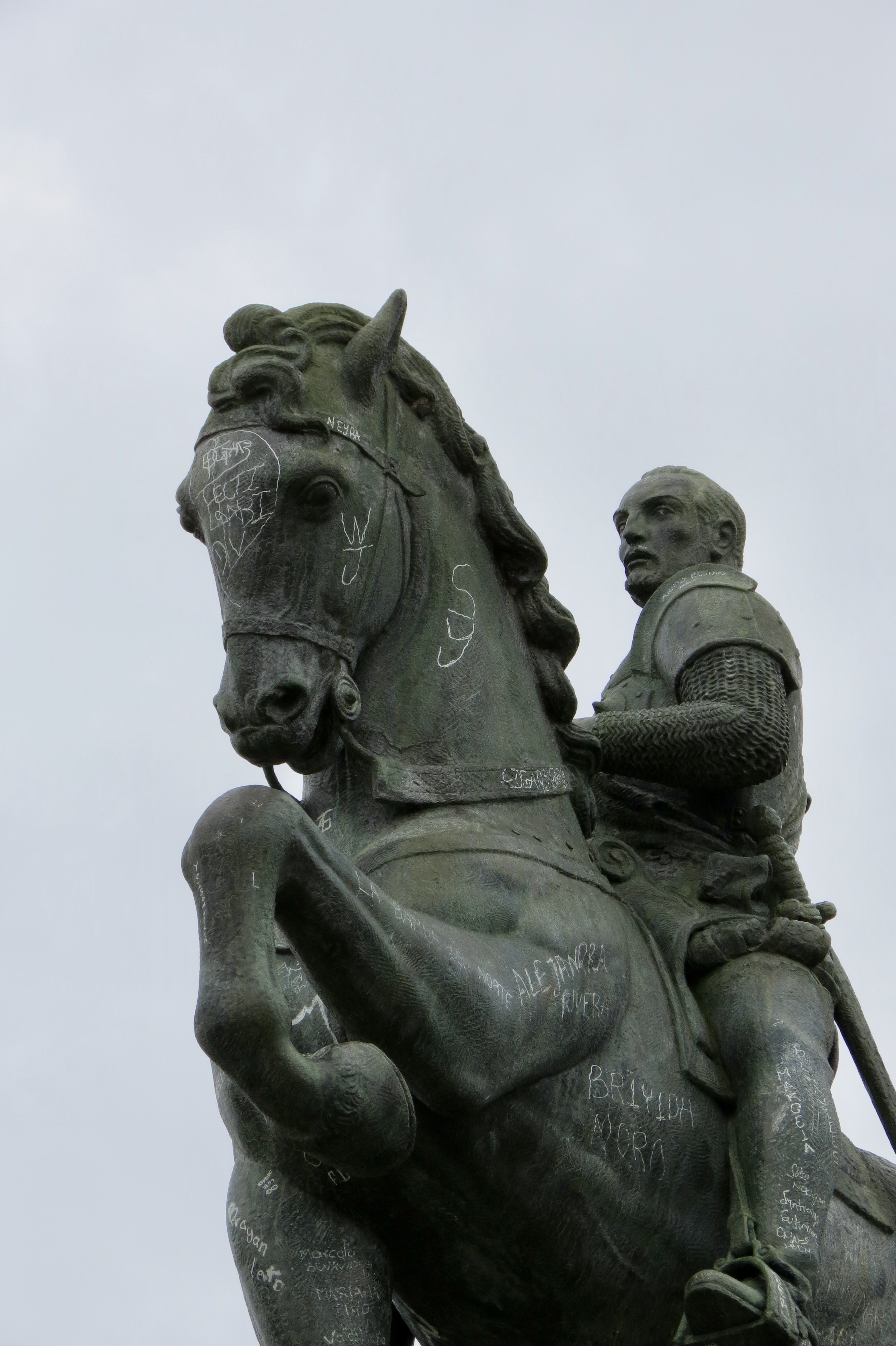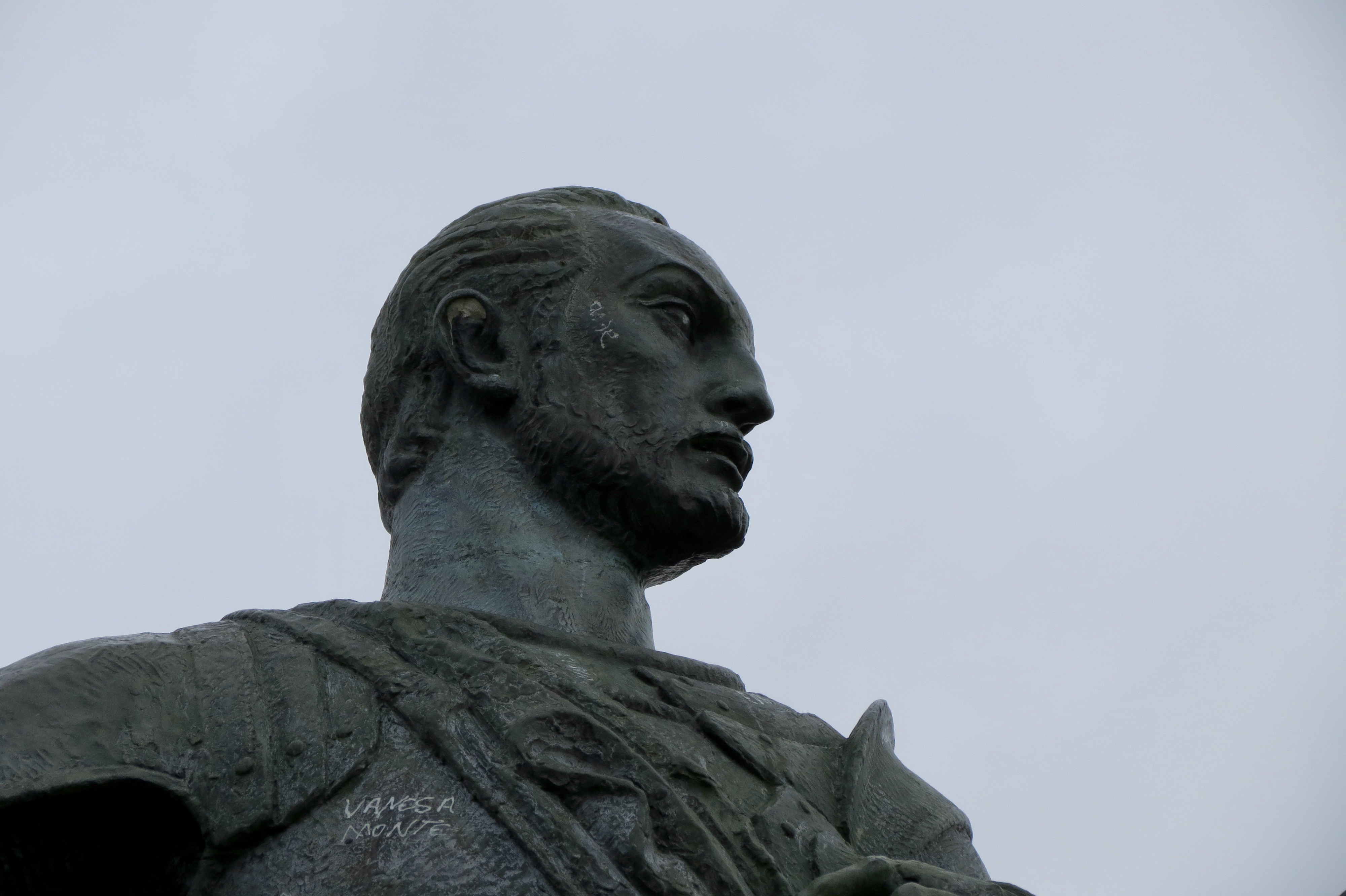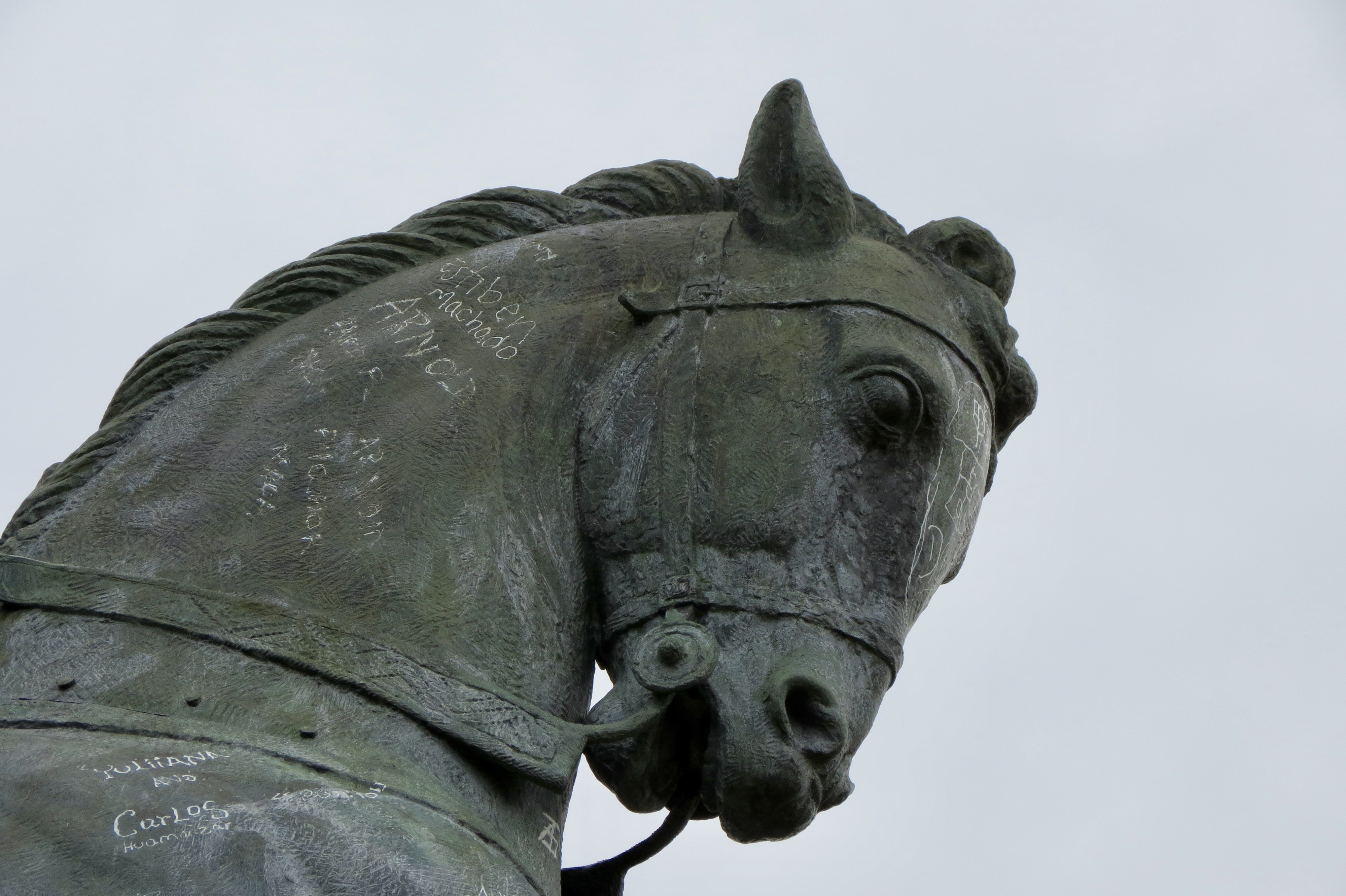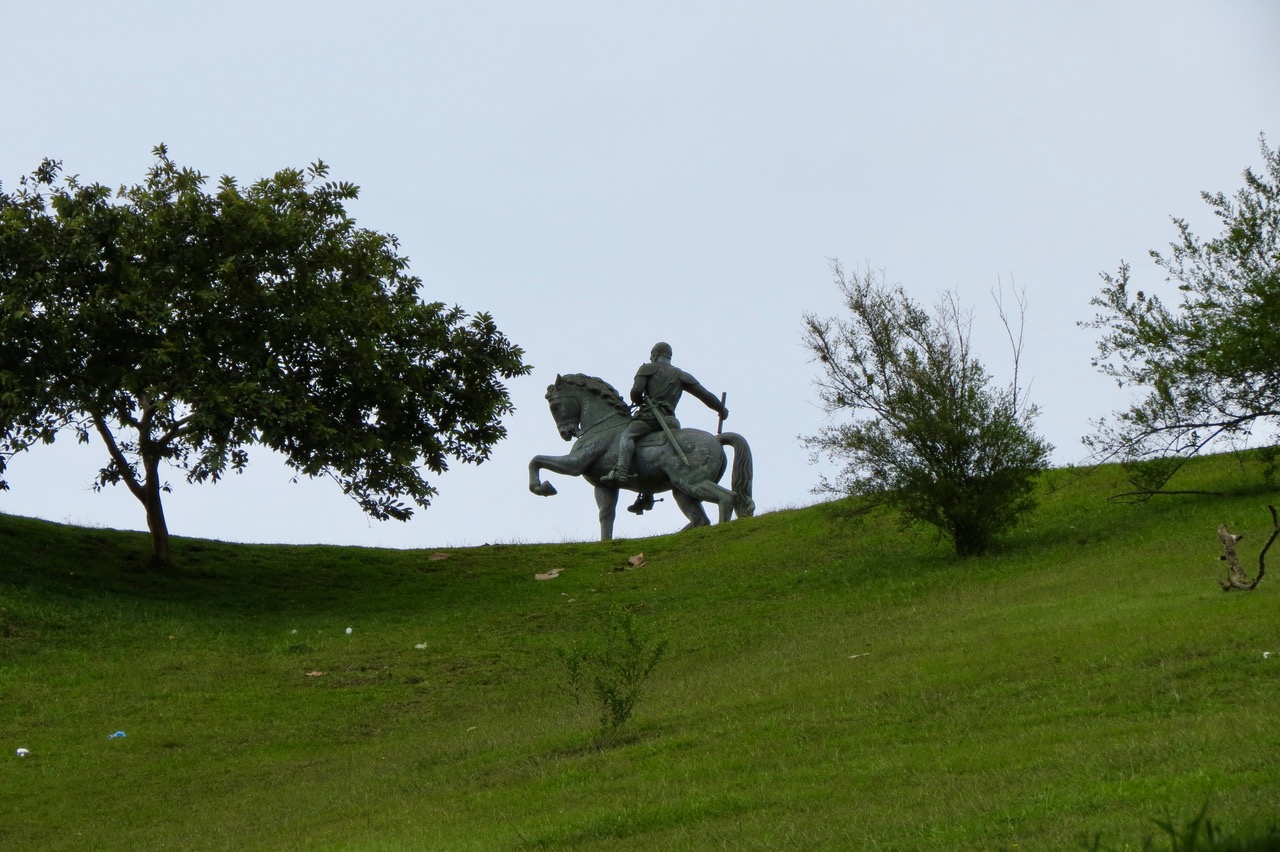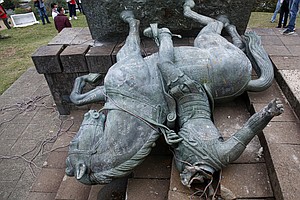- CountryColombia
- Town:Popayan
-
Year of creation:1937
- Rider(s):Benalcázar, Sebastián de
Sebastián de Benalcázar (1479/1480 – 1551) was a Spanish conquistador, known as the founder of important early colonial cities in the northwestern part of South America; Quito in 1534 and Cali, Pasto and Popayán in 1537. De Benalcázar led expeditions in present-day Ecuador and Colombia and died of natural causes after being sentenced to death in Cartagena, at the Caribbean coast in 1551.
In 1534, while commanding the settlement of San Miguel for Francisco Pizarro, Sebastian set off to conquer Quito in Ecuador, without orders from Pizarro. Quito had been the northernmost city of the Inca Empire, but while Benalcázar defeated the Inca general Rumiñahui, the local population secreted the city treasure away. Benalcázar then founded the new city of Quito with Diego de Almagro and Baltasar Maldonado, honoring Pizarro by naming it in full “San Francisco de Quito”.
His battles, though, were not entirely honourable. At a village called Quinche near Puritaco, he found that all the men were away fighting with the national army. To make an example of these people (and to vent his frustration at finding so little treasure), he ordered all the women and children to be slaughtered. ‘A feeble excuse to justify cruelty unworthy of a Castilian’, was the verdict of Herrera to Belalcázar’s excuse that this was done to terrify other natives into returning to their homes.
Moving northward into present day Colombia in search of El Dorado in 1535, he entered the Cauca River Valley, founding the southwestern Colombian cities of Santiago de Cali in 1536, and Pasto and Popayán (next in importance after Quito) in 1537. Crossing overland to the Magdalena River Valley, he entered the highlands of central Colombia, which had also been reached by Gonzalo Jiménez de Quesada and Nikolaus Federmann, a German, in 1539. The three presented their dispute before King and Holy Roman Emperor Charles V. The King granted Benalcázar rule of the area with the title of governor of Popayán in May 1540. As so often happened among the conquistadors, land squabbles developed again, this time between Benalcázar and Pascual de Andagoya (1495–1548), who also claimed the governorship of Popayán. Benalcázar successfully defended his lands, and took over some of Andagoya’s. He then intervened in a disagreement between supporters of the families of Pizarro and Almagro in Perú. In 1546, he ordered the execution of Jorge Robledo, who governed a neighboring province in yet another land-related vendetta. He was put to trial in absentia in 1550, convicted and condemned to death for the death of Robledo, and other offenses pertaining to his constant involvement in the various wars between other conquistadors. A victim of his own ambition, he died in 1551 before he could begin the voyage back to Spain to appeal the decision, in Cartagena, Colombia.
(Wikipedia) - Sculptor(s):Macho, Victorio
(1887-1966) was a Spanish sculptor.
El Morro del Tulcán (lit. The nose of the Tulcán) is an Indian pyramid in Popayan. The pyramid dates to at least 1535, as the Spanish found it abandoned when they arrived in that year. Research suggests that the individuals buried there came from the very top of the social classes of their society. The pyramid was constructed in the pre-Columbian period, approximately between 1600 – 500 BC.
This equestrian statue was pulled down in september 2020.

